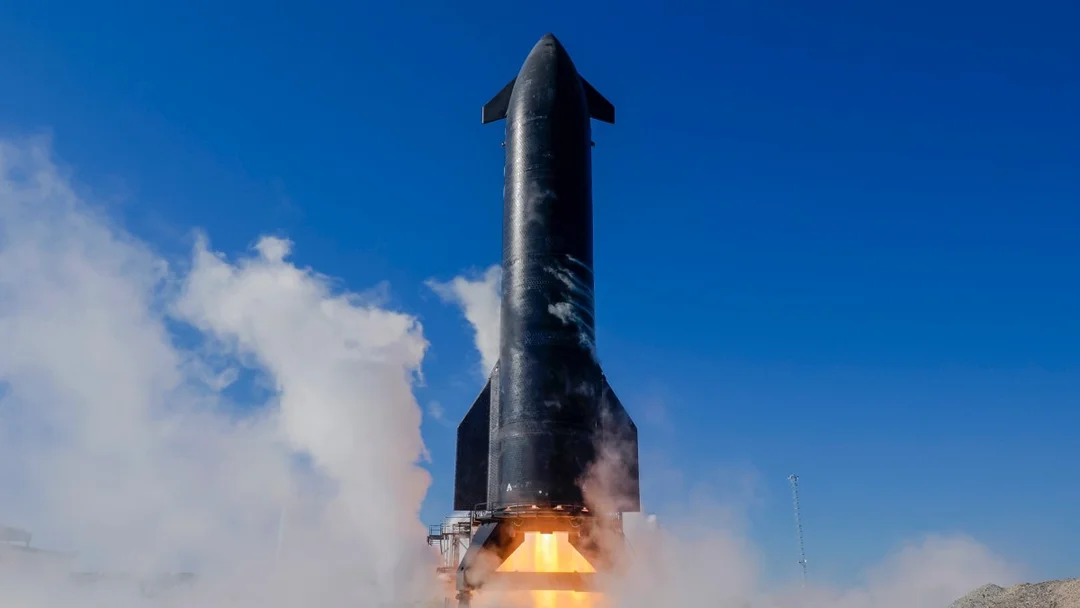
SpaceX’s Starship Program Faces Turbulence: FAA Approval and International Concerns
SpaceX, under the leadership of Elon Musk, is pushing the boundaries of space exploration with its Starship program. However, recent developments highlight both the company's ambitions and the regulatory and safety challenges it faces. A significant increase in launch approvals is contrasted by lingering concerns over past mishaps, sparking international debate and scrutiny. Is SpaceX's rapid pace sustainable, or are these growing pains inevitable in the pursuit of interplanetary travel?
The Federal Aviation Administration (FAA) has granted SpaceX the ability to launch rockets from its South Texas facility, Starbase, up to 25 times per year. This represents a substantial jump from the previous limit of five launches annually. The news followed an environmental assessment that concluded increased launches would not significantly impact the environment.
However, this approval is not without its caveats. The FAA has yet to fully greenlight the ninth test flight of the Starship rocket, dubbed Starship 35, pending the completion of an investigation into the Starship Flight 8 mishap on March 6. That test ended in the dramatic destruction of the starship vehicle shortly after launch which is still under review by the FAA. "SpaceX may not launch until the FAA either closes the Starship Flight 8 mishap investigation or makes a return to flight determination," the FAA stated.
The FAA is also expanding aircraft and maritime hazard areas in the U.S. and other countries. This measure accounts for the potential risks associated with the planned reuse of a previously launched Super Heavy booster rocket for the first time.
Adding to the complexity and the challenge, the United Kingdom government has expressed safety concerns regarding SpaceX's plans to fly Starship rockets over British territories in the Caribbean, where debris from previous explosions landed. A letter from Stephen Doughty, the U.K.’s minister of state for Europe, North America and U.K. Overseas Territories, to a U.S. State Department official requested the U.S. consider changing the launch site or trajectory of Starship 9 to minimize risks to the British Virgin Islands, Anguilla, and the Turks and Caicos Islands.
These events underscore several critical aspects of SpaceX's current situation:
- The company's ambitious launch schedule requires stringent regulatory oversight and safety protocols.
- International cooperation and transparency are essential when space activities pose potential risks to foreign territories.
- Balancing rapid innovation with safety and environmental concerns remains a delicate act for SpaceX and regulatory bodies alike.
The situation in Starbase raises important questions. Can SpaceX maintain its aggressive development timeline while addressing safety concerns and mitigating potential risks? What impact will increased launch frequency have on the surrounding communities and environment? How will international relations be affected by the management of rocket debris and potential hazards? It's time to share your thoughts and engage in the discussion. Leave your comments below and let us know what you think about SpaceX's Starship program and its future challenges.